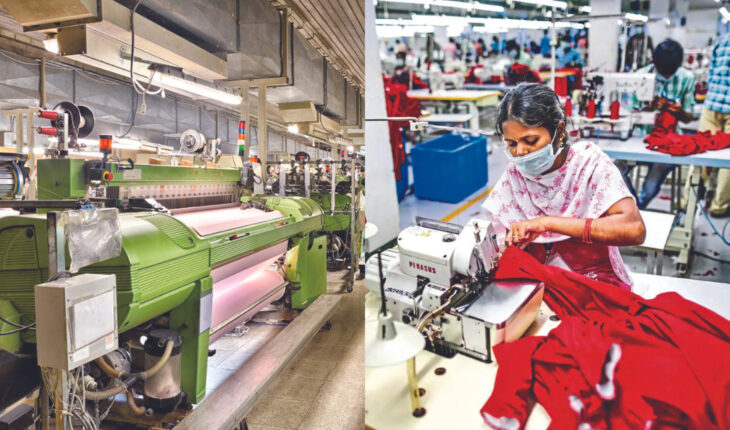New Delhi: The Government of India has unveiled its comprehensive Textile Policy for 2024-2029, outlining ambitious goals to boost the country’s textile and apparel sector.
This policy aims to position India as a leading global textile hub, with a focus on increasing exports, enhancing productivity, and fostering innovation within the industry.
Key objectives of the policy include raising textile and apparel exports to USD 100 billion by 2030, improving the sector’s global competitiveness, and creating substantial employment opportunities.
The government plans to achieve these targets through a series of strategic initiatives and support measures.
One of the primary focuses of the policy is to enhance the entire value chain, from fibre production to high-value-added products.
The government intends to increase cotton production significantly, addressing raw material needs that are crucial for the industry’s growth and self-reliance.
To boost exports, the policy outlines plans to diversify product lines and explore new markets. Special emphasis will be placed on technical textiles and sustainable textiles, areas where India sees potential for growth and innovation.
The government also aims to attract foreign direct investment and promote domestic investment to bring in new technologies and expertise.
Sustainability and compliance with international standards are key components of the new policy.
The government plans to implement measures to reduce the industry’s environmental footprint and improve working conditions, aligning with global best practices and buyer requirements.
The policy addresses several challenges faced by the textile sector, including infrastructure development, technology upgradation, and access to finance.
Proposed solutions include improving logistics, facilitating the adoption of modern machinery, and introducing new financing schemes for businesses across the value chain.
Human resource development is another crucial aspect of the policy. The government plans to enhance skill development programs and promote research and development to create a workforce capable of meeting the industry’s evolving needs.
While the policy sets ambitious targets, its success will depend on effective implementation and sustained government support.
The coming years will be critical in determining whether India can realise its vision of becoming a global textile powerhouse and achieve the substantial economic benefits outlined in this forward-looking policy.






